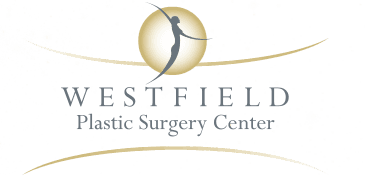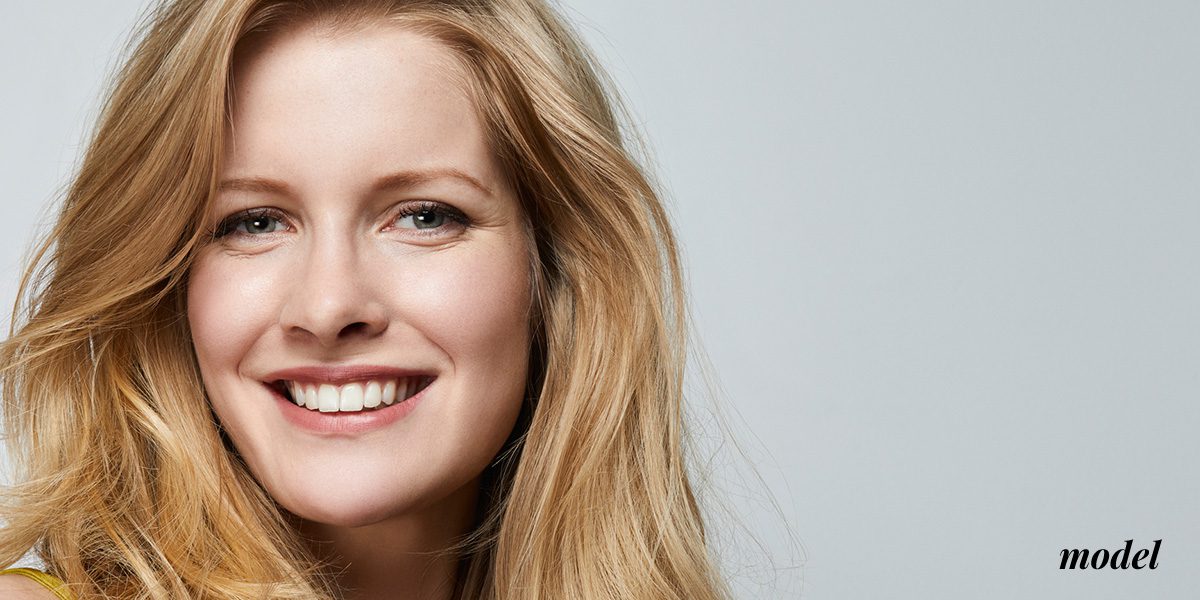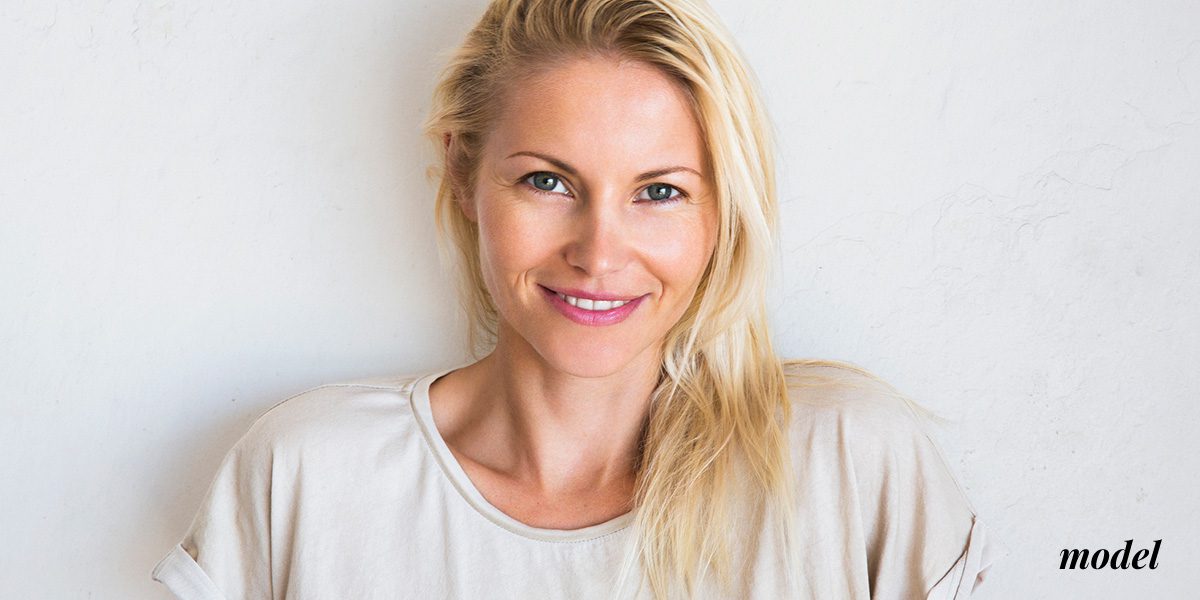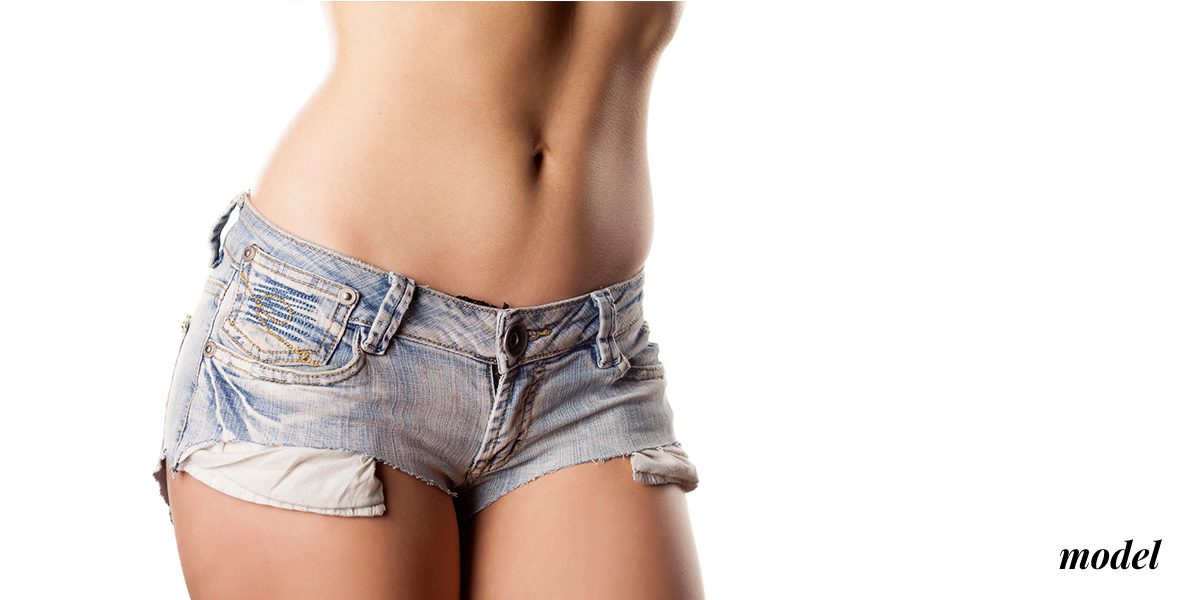Common Nose Shape Concerns a Rhinoplasty Can Correct

Have you ever felt dissatisfied by the appearance of your nose? If so, then you may be a good candidate for rhinoplasty, or what is commonly known as a “nose job.” During this procedure, a plastic surgeon will alter the underlying structure of the nose, potentially changing its shape and/or size, with the intention of creating greater harmony with your other facial features.
Before you decide to have rhinoplasty, we recommend scheduling a consultation with a board-certified plastic surgeon, who can verify that you are qualified for a safe, successful procedure. Additionally, your surgeon can confirm that a nose job is appropriate for addressing your specific aesthetic concerns.
There are a number of specific issues you can treat with a nose job, the most common of which are as follows.
Which Issues Can You Address with Rhinoplasty?
1) A bridge that is either too wide or too flat.
Many patients choose rhinoplasty because they feel like their nose is either a little too wide, or because the bridge of their nose is too flat. A skilled surgeon can reduce the width of your nasal bridge and potentially make some refinements to the base of the nose.
The procedure to correct a wide or flat bridge is often called augmentation rhinoplasty, and while it comes with a lengthy healing process, it can make a world of difference to the contour of the nose and the overall appearance of the face.
2) A nose with a bulbous tip.
Another reason why patients seek rhinoplasty is when the tip of their nose is a little rounder than they would like it to be. A bulbous tip sometimes makes the nose appear larger than it actually is, but a plastic surgeon can reshape the lower lateral cartilage to remedy this issue. The result is a much softer, more delicate tip.
3) A nose that is too pointy.
Patients often feel as though their nose is too pointy. This is often the result of excessive nasal cartilage at the tip of the nose. By removing and reshaping some of this cartilage, the plastic surgeon can improve the shape of the nose. Once the swelling subsides, you will likely find that your nose looks much better, and that your facial features appear to be in greater harmony with each other.
4) A crooked nose.
There are a number of reasons why people have crooked or bent-looking noses. It can be a matter of genetics; in other cases, it can be the result of a traumatic injury at birth or much later in life. Either way, rhinoplasty can be a method to reset the bones in your nose, correct any asymmetry, and provide a more natural-looking contour.
This is among the most advanced and complex rhinoplasty procedures, but is certainly an option for anyone looking to correct this common cosmetic issue.
5) A “hump” on the bridge of the nose.
Patients may also seek rhinoplasty because they have a “hump,” or a large bump, on the bridge of their nose. Some patients hope to eliminate this hump altogether and be left with a perfectly straight bridge. Others wish to reduce the hump but to maintain some of the fullness at the nasal bridge, usually because they wish to maintain certain family characteristics or ethnic features. Both outcomes are achievable, though it will be important to clearly communicate with your surgeon about just how much you wish to have that hump reduced.
6) The nose is just too big.
The most common reason why people seek rhinoplasty actually has nothing to do with the shape of their nose and everything to do with its size. If you feel like your nose is disproportionately large when compared to the surrounding facial features, your surgeon can perform a complex rhinoplasty, reshaping the nasal tip and creating an overall smaller nose.
If you would like to schedule a consultation with Dr. Ayoub, contact our office in Omaha at (402) 829-6384.







 Did you know we have an online store??
Did you know we have an online store??